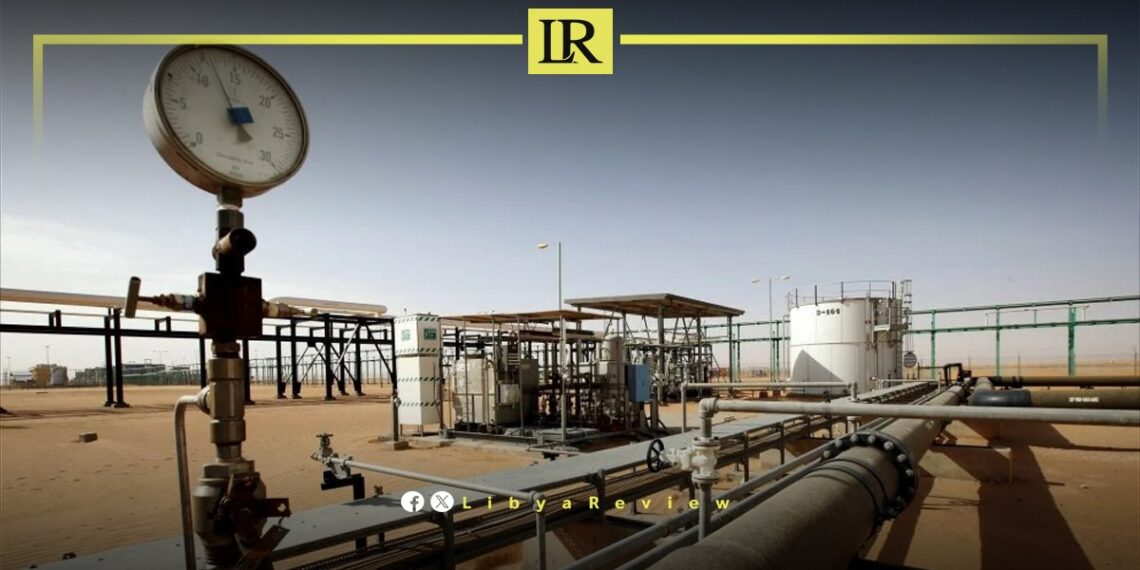Libya’s seaborne crude oil exports surged to their highest level in five months in July 2025, driven by a notable increase in production, according to data from the US-based Energy Research Unit.
The figures show that Libya’s crude exports rose by more than 230,000 barrels per day (bpd) year-on-year — a 23% jump — reaching 1.23 million bpd in July 2025, compared to 0.99 million bpd in the same month last year.
On a monthly basis, exports increased by 60,000 bpd compared to June’s average of 1.17 million bpd.
The data also revealed that Libya’s average seaborne crude exports during the first seven months of 2025 stood at 1.2 million bpd, up from 1.03 million bpd during the same period in 2024.
Analysts say the latest figures underscore Libya’s resilience in maintaining higher output despite ongoing political and security challenges, with oil revenues continuing to serve as the backbone of the country’s economy.
Libya has been in chaos since a NATO-backed uprising toppled longtime leader Muammar Gaddafi in 2011. The county has for years been split between rival administrations.
Libya’s economy, heavily reliant on oil, has suffered due to the ongoing conflict. The instability has led to fluctuations in oil production and prices, impacting the global oil market and Libya’s economy.
The conflict has led to a significant humanitarian crisis in Libya, with thousands of people killed, and many more displaced. Migrants and refugees using Libya as a transit point to Europe have also faced dire conditions.
The planned elections for December 2021 were delayed due to disagreements over election laws and the eligibility of certain candidates. This delay has raised concerns about the feasibility of a peaceful political transition.
Despite the ceasefire, security remains a significant concern with sporadic fighting and the presence of mercenaries and foreign fighters. The unification of the military and the removal of foreign forces are crucial challenges.


